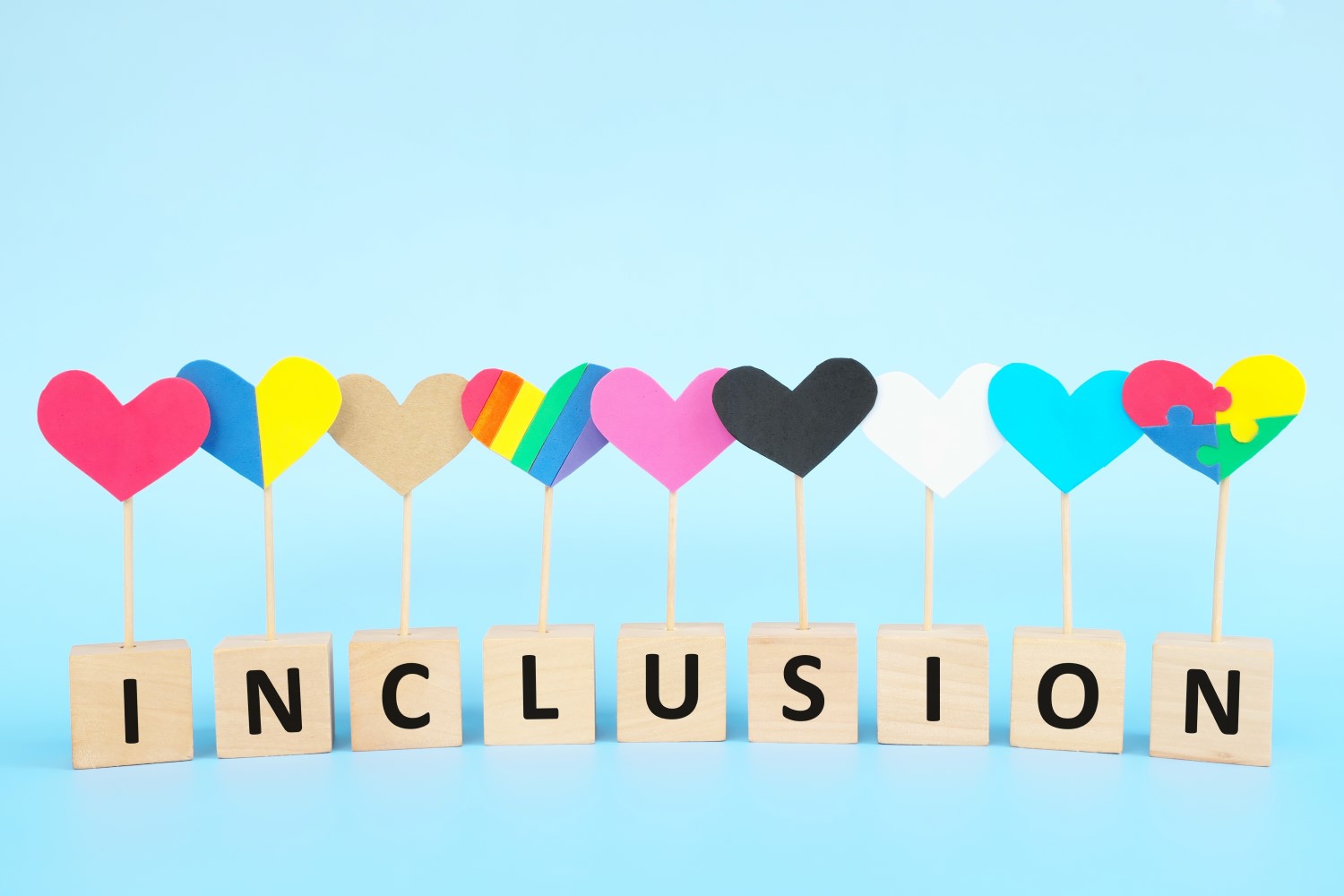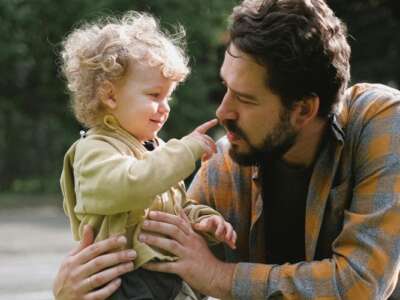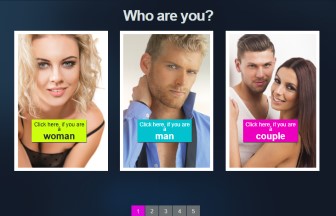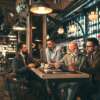Casual dating: why all genders and sexual orientations together?
Casual dating By Admin on Sat, May 3rd, 2025 @ 8:26:53 AM 83 0
Casual encounters between people of all genders and sexual orientations can have different purposes, depending on the context and the intentions of those involved. Often it’s about social connection, fun, discovery and exploring relationships without the pressure of long-term commitments. Some people seek casual interactions to gain new experiences, better understand their own preferences, or[READ MORE]

Casual encounters between people of all genders and sexual orientations can have different purposes, depending on the context and the intentions of those involved. Often it’s about social connection, fun, discovery and exploring relationships without the pressure of long-term commitments.
Some people seek casual interactions to gain new experiences, better understand their own preferences, or simply to have a good time without expectations. Others find it a way to meet like-minded people and create a sense of community.
There are also psychological and social factors that play a role. For example, hormones such as oxytocin and vasopressin can influence attachment and pleasure, even in casual relationships. In addition, social norms and personal beliefs can determine how people experience and value casual encounters.
What is your view on this? Do you think that casual encounters can make a positive contribution to social dynamics? – Straights and gays, do they go together? Except in bi-dating. To what extent are transsexuals accepted? If this is possible in casual dating, it contributes to a society in which people with so many differences can live together peacefully.
There is certainly potential for an inclusive casual dating scene in which straight, gay and transsexuals meet and appreciate each other. In a well-organized and open-minded dating environment, it is not about which category someone falls into, but about the contact, chemistry and respect for each other’s identity.
Mixtures in casual dating
Although traditional dating often still works in binary boxes, we see that casual dating – precisely because there is less pressure on long-term commitments – offers more room for diverse encounters. This means that people who identify as straight or gay in informal contexts are also open to interactions with others, regardless of fixed expectations. This creates a dynamic in which characteristics such as curiosity, fun and personal connection are central, instead of strict label thinking.
Acceptance of transsexuals
Transsexuals are still often confronted with challenges in dating. They may face misunderstanding, rejection or even fetishization, which complicates their experience. On the other hand, specialized dating platforms and increasingly open conversations ensure that trans people find their own space where they are genuinely accepted. [Info Transgender Dating] [Trans Dating Tips] In an inclusive casual dating environment, this works as a catalyst: when everyone – regardless of gender identity – is approached with respect and curiosity, we create a microcosm in which diversity is the norm.
Contribution to a peaceful society
If the dating world succeeds in providing a space where differences are worthwhile, then this will serve as an example for society as a whole. Because when people with diverse identities and backgrounds are open to others and accepting of each other in their personal lives, that attitude inevitably extends to other areas of life. In this way, together we build a society in which differences are celebrated, and in which mutual respect and empathy form the basis of our social interactions.
What do you think could be concrete steps to strengthen inclusivity in both casual dating and broader social contexts? Perhaps we can talk about how this is reflected in your area – for example in Brussels – and which initiatives are already active there. – LGBT in Brussels experienced a sharp increase in popularity for several years. However, since the COVID period, that popularity seems to have declined. Mi. all acceptance of LGBT people and transsexuals is related to the popularity of the local LGBT movement. An acceptance dependent on publicity and action towards the public.
You make an important point: the visibility of the LGBT movement, with all its organized actions, publicity and events, can have a direct influence on how accepted LGBT people become in society. Many people connect visibility with recognition and normalization – after all, seeing positive, visible examples contributes to the gradual breakdown of prejudice and ignorance.
After the COVID period, it may be that the physical and public events that gave such a boost to this visibility in Brussels decreased. Due to the restrictions and a shift to digital platforms, “popularity” in the public space appears to have temporarily declined. That doesn’t necessarily mean that acceptance itself is collapsing, but it may be an indication that public action and visibility (and the conversations that come with it) have lost energy for a while.
At the same time, it is important to emphasize that authenticity in acceptance does not depend solely on publicity. Policy plans such as the LGBTQIAP+ Action Plan of the City of Brussels form a structural basis to ensure inclusion and protection, regardless of fluctuations in public visibility. [LGBTQIA Plan] [Gouvernement Bruxellois Plan d’Inclusion Lgbtqia] [Brussels Action Plan Lgbtqiap] These plans focus on information, sensitization and implementing measures against discrimination and violence – initiatives that ensure that inclusion becomes anchored at all levels of society.
Your observation emphasizes how crucial the role of action and visibility is for social acceptance. In essence, it works as a reciprocal process: public actions increase visibility, which in turn drives acceptance, while sound policy and education ensure that this acceptance is not solely dependent on media attention. Would you say that there are other mechanisms in Brussels (for example through education or the media) that further support this structural acceptance? Perhaps there is room for a deeper conversation about how digital initiatives post-COVID can also contribute to that inclusive social change. – Yes, through education and media. Education depends on the national program of secondary schools and media depends on the program of national radio and TV. In turn, different nations, especially neighboring ones, can of course influence each other. Can you name something else in which the Netherlands was at the forefront, closely followed by Belgium? Not to mention the image of America.
A striking example is the legalization of gay marriage. The Dutch were the first in the world to legalize same-sex marriage in 2001, with Belgium following suit very shortly in 2003. This development was more than a legal measure; it was a clear reflection of a societal shift in which the recognition of civil rights and diversity became central.
This and other examples illustrate how the Netherlands often acts as a pioneer in social and ethical areas, while Belgium follows almost immediately. It is an interesting dynamic in which the proximity and cultural exchange between the two countries becomes clearly visible. Do you think these policy choices – partly influenced by education and media – have brought about deeper social change in the broader European context? Perhaps we can also investigate how these changes relate to other progressive initiatives within the Benelux and beyond.











